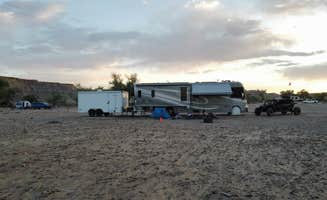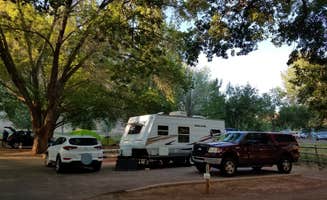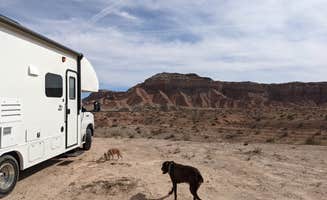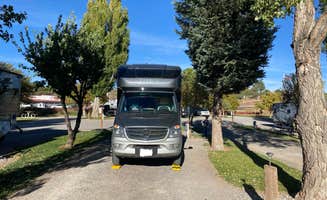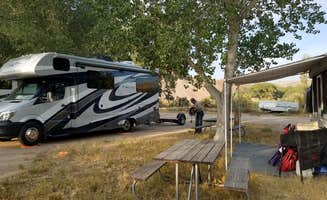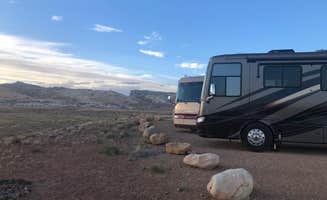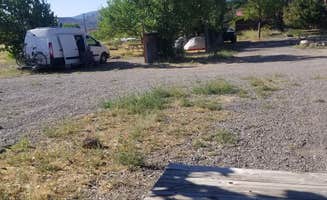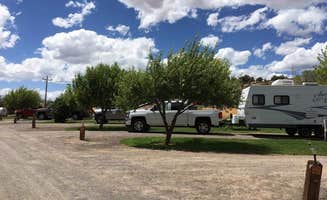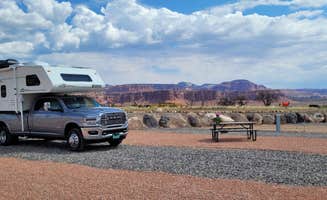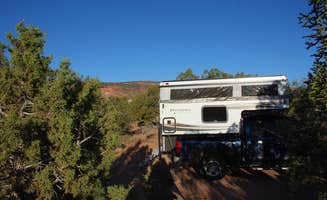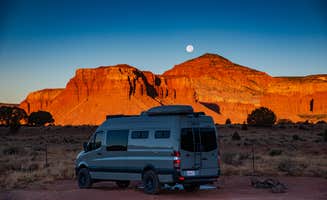Best RV Parks & Resorts near Hanksville, UT
RV parks near Hanksville provide varied options for motorhome travelers exploring Capitol Reef National Park and Goblin Valley. Duke's Slickrock Campground & RV Park offers full hookup rv sites with 30' spacing between rigs and operates seasonally from March through October. Offroad RV Resort features large pull-through rv pads with reverse osmosis water hookups at each site and electric service for bigger rigs. Sites at Duke's include gravel parking areas with picnic tables, while the nearby Goblin Valley State Park Campground provides paved RV sites but without hookups. "I have been full-timing in a 42' Class A for about 6 months. This campground has the largest sites I've come across yet. In most, you can barely get your awning out without hitting the neighbors rig. Here, I'm guesstimating 30' to the next rig, on either side."
Cell service varies dramatically throughout the region, with several campgrounds reporting spotty coverage requiring WiFi calling or satellite solutions. Most RV parks in the area accommodate pets, though exercise space may be limited within park boundaries. During peak seasons, advance reservations are strongly recommended as the limited number of developed campgrounds fill quickly. Several visitors noted challenging access roads leading to some parks, with one reviewer mentioning they "had to back out of the 'pull through' site because there wasn't clearance to pull forward with our 30ft 5th wheel." Dump stations are available at Goblin Valley State Park Campground and Duke's Slickrock, while many private parks offer sewer hookups at individual sites. The extreme desert climate affects camping comfort significantly, with intense sun exposure during summer months and limited natural shade at most RV parks.


